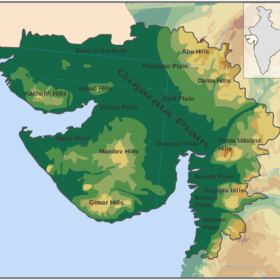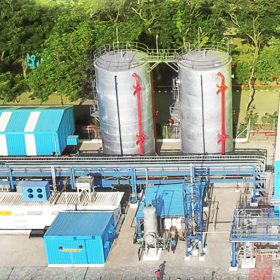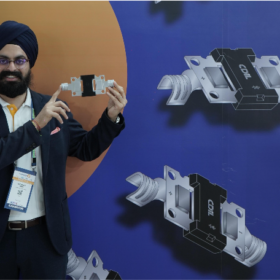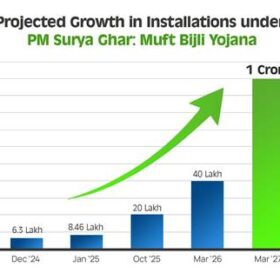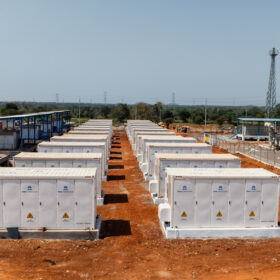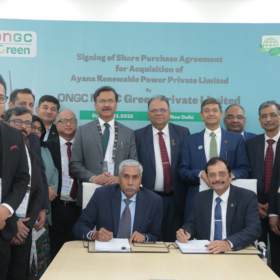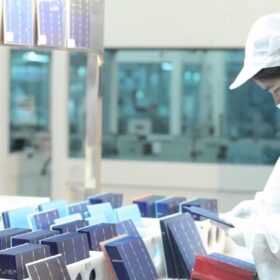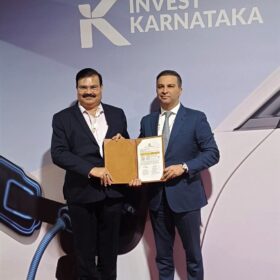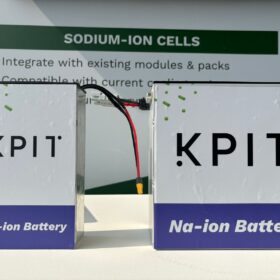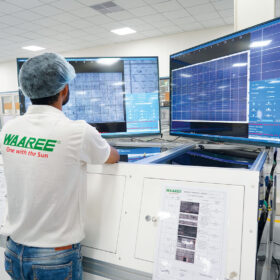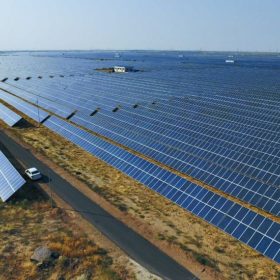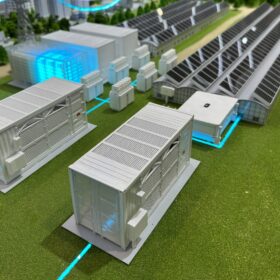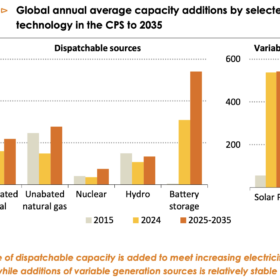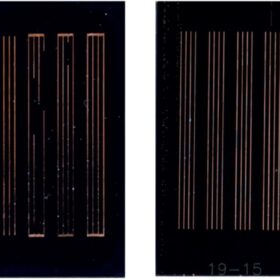Army Solar building 3 GW TOPCon module factory in Surat
Army Solar, PV manufacturing arm of Army Looms and Textile Co., plans to start production from its 3 GW TOPCon solar PV module manufacturing facility by the end of April.
Waaree Renewable Technologies secures EPC for 40 MWh battery storage
Waaree Renewable Technologies has received a Letter of Award (LoA) from Continuum Green Energy for engineering, procurement and construction of 40 MWh battery storage in Gujarat. The energy storage will be integrated in Continuum Green Energy’s wind-solar hybrid renewable projects for industrial consumers.
India could cut industrial emissions by 65% by 2050 with policy interventions
WRI India projects that industrial emissions could be reduced by 65% in 2050 with policy-driven interventions compared to a reference scenario without additional policies.
India’s CDIL launches solar bypass diodes
CDIL Semiconductors has unveiled India’s first indigenous solar bypass diodes. The company say its diodes are optimized for India’s extreme weather conditions with their industry-leading low forward voltage drop and high thermal stability.
PM Surya Ghar: Muft Bijli Yojana turns one
The PM Surya Ghar: Muft Bijli Yojana, the world’s largest domestic rooftop solar initiative, is reshaping India’s energy landscape with a bold vision to supply solar power to one crore households by March 2027.
Tata Power Renewable Energy, ONGC collaborate on battery energy storage systems
Tata Power Renewable Energy Ltd and Oil and Natural Gas Corp have signed an agreement to jointly explore and identify commercial opportunities across various segments of the battery energy storage system (BESS) value chain.
ONGC NTPC Green acquires Ayana Renewable Power
ONGC NTPC Green, a joint venture of ONGC Green and NTPC Green Energy, has signed the agreement to acquire a 100% equity stake in Ayana Renewable Power (Ayana) for INR 195 billion ($2.3 billion).
JinkoSolar sues Waaree Energies for alleged TOPCon patent infringement
JinkoSolar has filed a lawsuit in Texas against Waaree Energies and its US subsidiary for the alleged infringement of one of its n-type tunnel oxide passivated contact (TOPCon) patents, marking another move in its aggressive patent defense strategy.
Epsilon Group commits INR 15,350 crore for EV battery materials, testing facility in Karnataka
Epsilon Group plans to invest INR 9,000 crore to set up a graphite anode manufacturing plant and INR 6,000 crore for a lithium iron phosphate (LFP) cathode manufacturing plant in Karnataka. In addition, it will invest INR 350 crore to build a battery materials and battery testing R&D and training center in the state.
KPIT selects Trentar Energy as manufacturing partner for sodium-ion battery technology
KPIT has signed the technology transfer agreement with Trentar Energy Solutions for commercialization of its sodium-ion battery technology. Under the agreement, Trentar will build a 3 GWh sodium-ion manufacturing facility with KPIT receiving upfront technology transfer fees and additional royalty fees over eight years.

